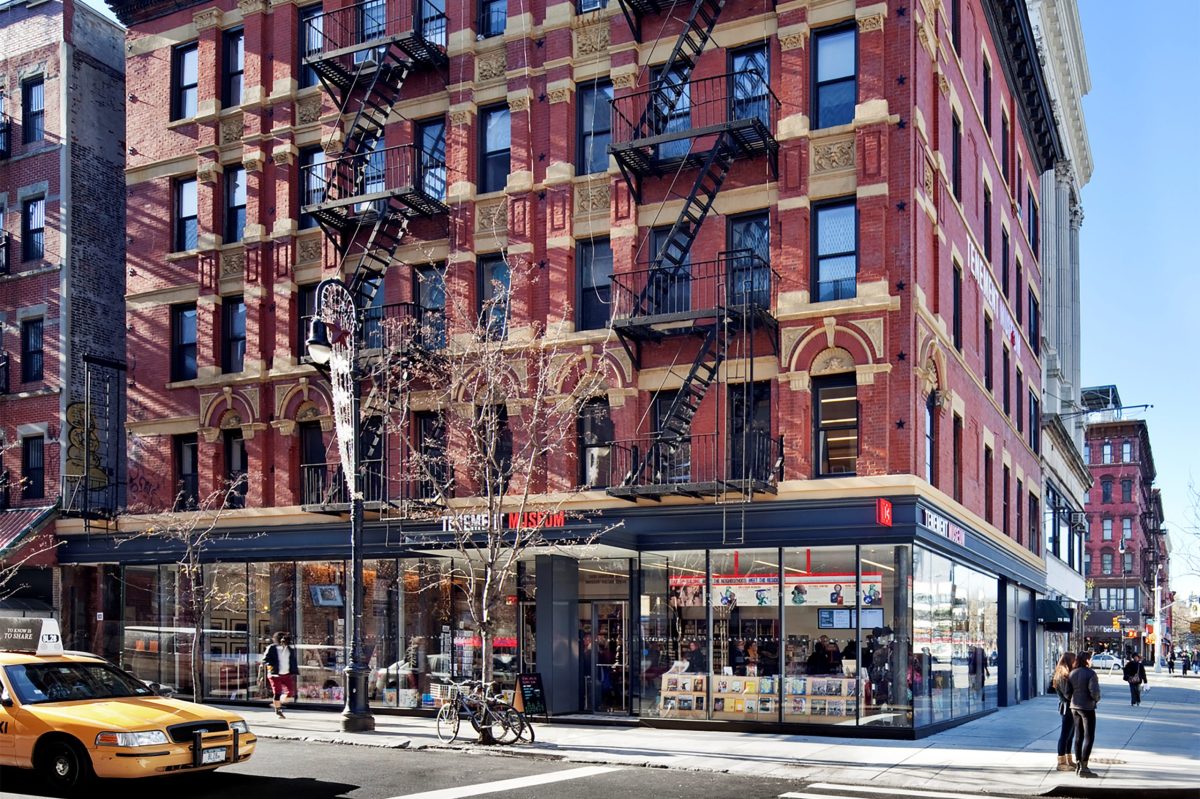TORONTO – With a variety of long grain rice from some 30 suppliers stocked on the shelves, it would seem the Hong Tai Supermarket would have no trouble satisfying demand.
But during a recent run on rice at the Toronto Asian supermarket, an imposed two-bag limit did little to curb consumer appetite, with some customers snapping up the eight-kilo bags on one day, only to return for more the next.
That was the story up until last week. But after a $4 increase – a result of rising supplier costs – store manager Ann Luong said it appears there’s been a bit of a sales slowdown.
As prices increase for rice and flour, Luong said she finds customers are far more cautious when it comes to overall food spending.
“People, they don’t spend that much money like before,” she said.
“Before the bill was only $50 or $100 and they can buy so much, but right now if they only buy two bags of rice, it’s already cost them like about $30.”
In the wake of the growing global food crisis, some Canadian consumers may be feeling anxious about the ripple effect rising costs could have on their supply as well as their wallets.
“It’s largely a perception of, ‘Prices are going to go up, I can save some money for myself by buying a larger amount now than I normally would,’ and that aggravates the availability problem,” said Adam Finn, a professor in the school of business at the University of Alberta.
“And so people see shortages, that aggravates the problem because people talk about it, and the talking about it creates an element of panic so that whenever the product is put out, people rush to buy whatever is available.”
David Wilkes of the Canadian Council of Grocery Distributors said with all the recent information, particularly surrounding rice, there have been changes in consumer purchasing behaviour.
And while that may lead to certain stores finding that their regular shipments aren’t meeting consumer demand, Wilkes said that is more the exception than the rule.
“I want to caution that from our overall perspective, from a grocery industry, our suppliers are still being able to meet the demands of our customers.”
After reading reports of people lining up for rice in her native Philippines, Janet Sumali couldn’t help but feel concerned.
“That’s really their main food – our main food,” said the Mississauga, Ont., resident, who shipped two eight-kilo bags to her mother earlier this year before the food crisis hit headlines.
Sumali said she’s noticed as much as a $5 price hike for rice in some stores. While she’s been holding off purchasing large quantities in hopes prices will cool, she acknowledges the need to buy will likely result in scaling back on other non-essential purchases.
“We have no choice but to buy it, but I’ll cut back on unnecessary items. Maybe lottery tickets,” she said.
When confronted with the rising costs of necessities, re-examining how to spend that extra discretionary dollar comes into focus, said Darren Dahl, professor in the marketing department at the University of British Columbia.
“Certainly people will change their behaviours, but when it’s a staple and a requirement, most people are not going to stop eating sugar. They’re going to cut out going to the movies three times a week,” he said. “It’s easier to give up those things for most people.”
However, while certain consumers may be concerned about food supply or surging prices, it may not even enter the frame of reference for others, he said.
“People that are shopping at places like Holt Renfrew, they’re going to be a little bit cushioned by this because those consumers have enough money that they’re going to be able to handle the price fluctuations in gasoline and a loaf of bread,” Dahl said.
It’s a different story for companies selling luxury goods to the mass general middle population, Dahl said.
“These are people that actually now have to, when they’re thinking of their budget for the month, they have to say, ‘OK, I don’t have enough now to buy this extra bottle of vodka for a party or that extra nice bottle of wine,”‘ he said.
“This is the group or segment of consumers that’s going to be most impacted in terms of their purchasing patterns.”
Dahl points to coffee retailer Starbucks, which has been struggling amid a faltering economy, its own rapid growth and increased competition from cheaper rivals.
Retailers understand that Canadians only have so much money to spend and that there are competing interests for it, said Derek Nighbor, senior vice-president of national affairs with the Retail Council of Canada.
Whether faced with food shortages or a strong economy, the reaction of retailers should be the same: anticipating what consumers want and are willing or able to pay, and trying to deliver and meet that expectation, he said.
“That’s going to continue to happen here,” he said. “If we do see an increase in food prices in Canada, Canadian retailers are going to have to adjust and meet the demand accordingly.”
















